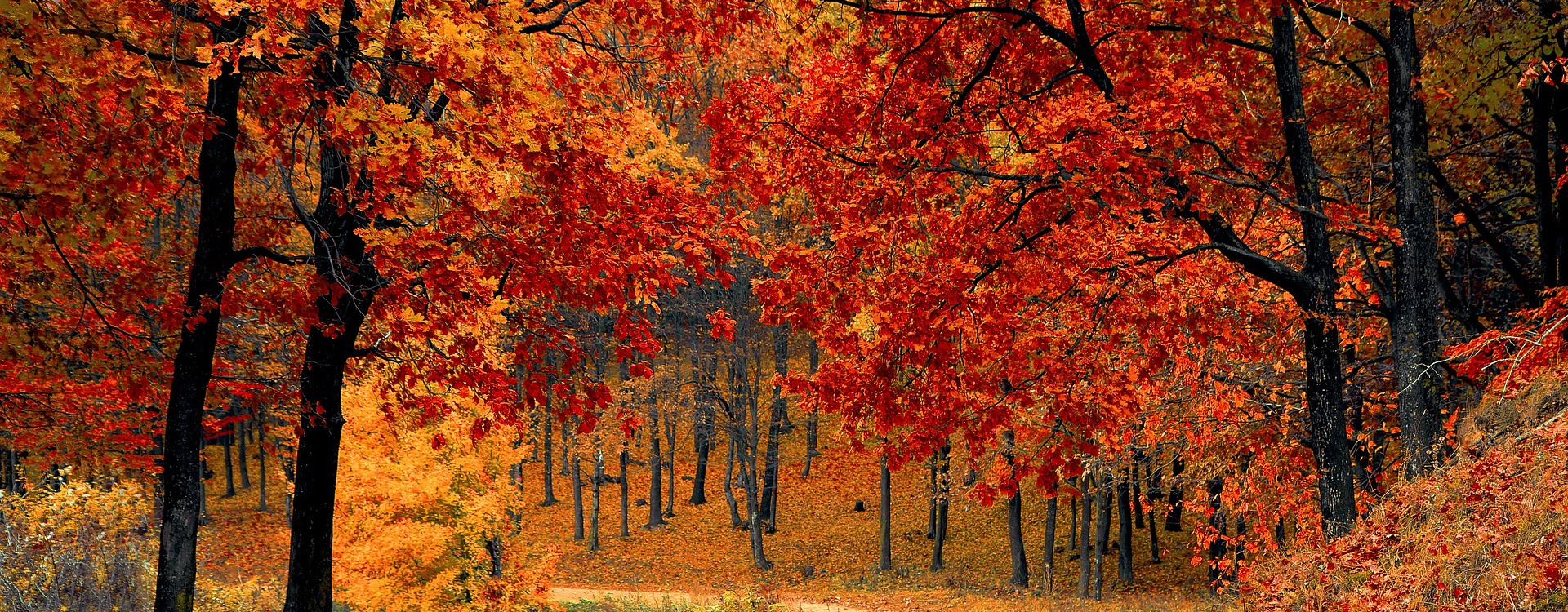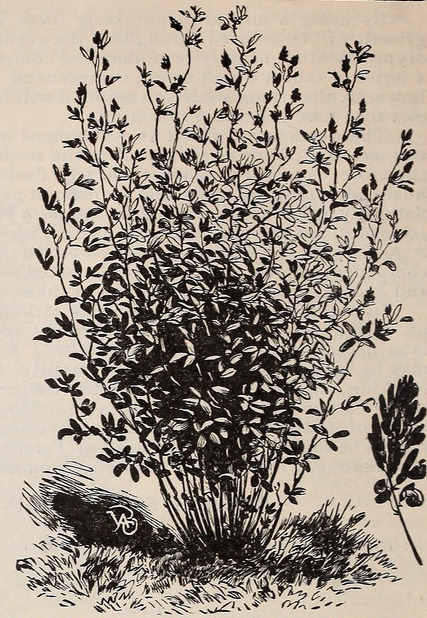Pasha
He planted it once, and it sprouted in abundance
One of the three grains of the mountain, the Pasha is a bush that seems to sprout up everywhere above the tree line. The durable little bush-like plant is a staple of the Salt Range peoples.The Pasha Bean is one of the three grains of the mountain: the staples of the East Bay Gate Coalition. While the other two plants may yield more grain, the Pasha plant is notable for being the only grain to grow in nearly any conditions. As long as the legume has access to sunlight, it grows, and produces fruit. It rarely needs watering, and produces its beans regularly, on a cycle synced to the planetary month.
Basic Information
Anatomy
The plant is a closer relative of the Kava than any of the low grasses and vines. Why Kali created cousins so high, and so low, I do not know.The plant is well suited to marshy soils, and grows high in the mountains. The plant has a deep taproot, approximately ten feet deep in most cases. This root helps protect the plant from the wind. Above ground, its branches are organized in a dense, hemispherical shape. They bear seed pods of relatively small, black, seeds, that are extremely nutritious.
Ecology and Habitats
Above the tree line, in the mountains, was where Darian, Sage of Lightning, went. He searched near and far for a grain, a grain to supplement the flood-susceptible panicum plant. Here, he found many red-hued plants, making many beans. He had found the Pasha.
The plant grows low to the ground, only achieving a height of approximately four meters, at maximum. The plant therefore cannot compete with the tall Kava and Turrim for sunlight. Instead, it grows high in the hanging marshes of the Salt Range, above the tree line.
Its principal predator is the Pika of the Salt Range. This energetic bunny-like animal can eat several bushes in a day, including the seeds and hard branches. It is therefore disliked by the Brown Halora who inhabit the range, farming the pasha bean for its seeds.
The plant is also highly susceptible to root rot, due to its long taproot. The root rot fungus is recorded to have caused or helped cause at least three famines throughout the history of the East Bay Gate Coalition.Additional Information
Uses, Products & Exploitation
He planted it once, and it gave forth beans in abundance. Such was Darian's joy, when he had found the plant, that he kissed the Earth in gratitude.The Pasha is used for several purposes. It grows year-round, and its leaves are often used as food for ruminants. Its long taproot is fairly nutritious, and one can often see the ten-foot giants being sold as if they were abnormally long carrots. Most importantly, it produces beans every planetary month, which are a staple of the East Bay Gate Coalition.
Scientific Name
Fabae viriditas
Origin/Ancestry
Salt Range, Zentland
Lifespan
100+ years
Conservation Status
Least Concern
Average Height
3 - 4 meters
Drawing of Pasha
Naming
你怕啥呀?那个植物没有毒!The naming of the Pasha bean comes from the words 怕啥, a reference to the Chinese culture the terraforming drones come from. The plant was originally named 纁木, or the redweed, before one (foolish) human being decided to eat a pasha root raw upon arrival to the planet. The root of the plant is highly toxic to humans, and must be cooked thoroughly before eating to denature the toxin. The foolish human fell into a coma after being confronted by drones on his eating of the raw root. After he awoke miraculously, the bean was renamed the pasha.
Translation: What are you afraid of? Those plants aren't poisonous!
Remove these ads. Join the Worldbuilders Guild










Comments